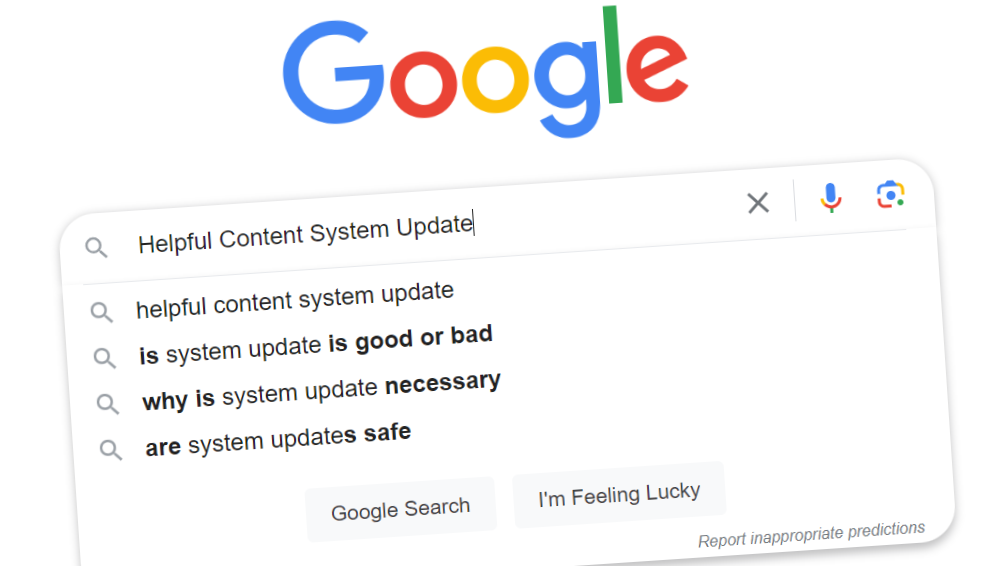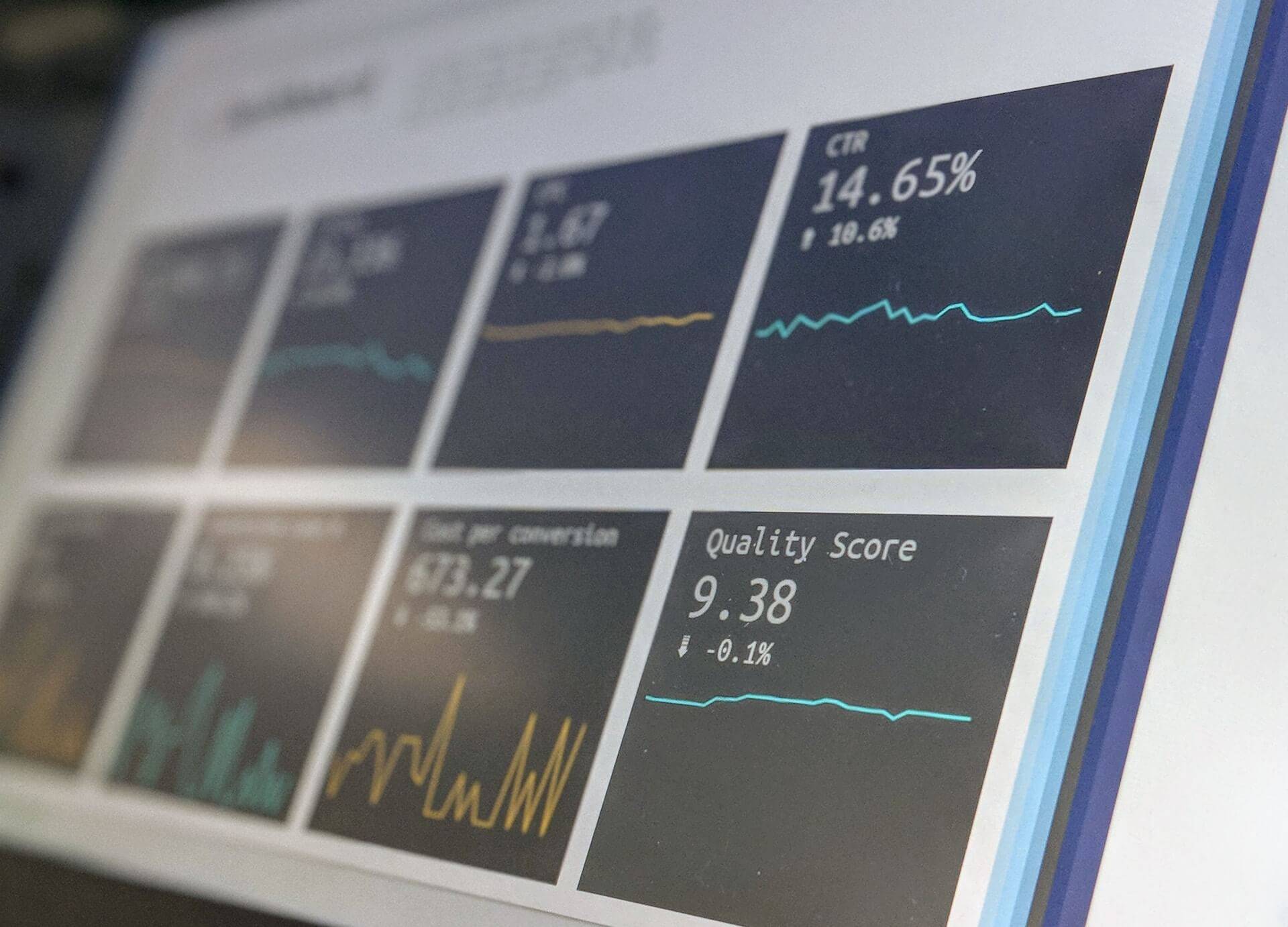Google’s Page Experience Update: Enhancing User Engagement and Rankings

In the world of online visibility, Google’s Page Experience Update stands as a transformative shift in how websites are ranked in search results. This update introduces a fresh perspective on evaluating websites, placing emphasis on the user’s experience while interacting with a webpage. Through a series of page experience signals, Google aims to provide users with higher-quality search results that cater to their browsing satisfaction.
Understanding the Page Experience Update
The crux of Google’s Page Experience Update lies in its ability to assess a website’s user-friendliness, loading speed, and security. These factors collectively contribute to a visitor’s overall satisfaction while navigating a webpage. This update pivots away from solely prioritizing content and delves into the intricate nuances that make up a seamless online encounter.
Decoding Page Experience Signals
Page experience signals, as the name suggests, encapsulate the intricate elements that shape a user’s perception of a webpage. These signals encompass several key metrics:
LCP: Largest Contentful Paint
LCP measures the time it takes for the most substantial content component of a webpage to become visible. In essence, it gauges the speed at which users are greeted with meaningful content upon arrival. A swift LCP enhances the initial engagement, reducing the likelihood of users bouncing off due to slow loading times.
FID: First Input Delay
FID quantifies the time span between a user accessing a webpage and their first interaction with it. This metric showcases the website’s responsiveness to user engagement. A minimal FID ensures that users can promptly interact with a page, reinforcing a sense of responsiveness and interactivity.
CLS: Cumulative Layout Shift
CLS delves into the fluidity of a webpage’s visual elements during the loading process. It measures the extent of unexpected shifts in layout, which can be disorienting for users. A lower CLS score translates to a smoother and more predictable browsing experience.
HTTPS: Ensuring Security
Google’s Page Experience Update also includes security as a significant factor. Websites that use HTTPS, a secure protocol that encrypts data exchanged between a user’s browser and the website, gain an edge. This security measure establishes trust, safeguarding user data and fostering a secure online environment.
Elevating Rankings Through Enhanced User Experience
The implications of the Page Experience Update are profound. Websites that deliver exceptional user experiences, as indicated by positive page experience signals, are more likely to attain higher rankings in Google’s search results. Google’s commitment to optimizing user journeys culminates in this ranking approach, pushing website owners to prioritize user-centric attributes.
Taking Steps to Optimize Page Experience
Website owners keen on bolstering their online visibility can take proactive measures to enhance their page experience:
Speed Optimization
By optimizing website speed, which involves using lightweight images, minifying code, and selecting a fast server, website owners can ensure that users enjoy swift loading times and a frictionless navigation experience.
Mobile-Friendly Design
Creating a mobile-friendly website is essential, ensuring that the site’s layout, content, and functionality seamlessly adapt to different screen sizes. This accommodates the ever-growing segment of mobile users.
Embracing HTTPS
Securing the website with HTTPS is not only a measure to protect user data but also a way to instill trust. Websites with secure connections are more likely to foster user confidence and credibility.
In embracing these strategies, website owners can amplify their page experience, fortify user engagement, and amplify their chances of securing higher rankings on Google’s search results.
In Closing: User-Centricity as a Driving Force
The Page Experience Update aligns with Google’s pursuit of optimizing the online experience for users. By considering not only content but also the intricacies that shape user engagement, this update heralds a more holistic approach to search engine rankings. As website owners respond to these evolving criteria, users stand to benefit from a digital landscape that caters to their browsing needs and preferences.




